
The warmth from the sun balances perfectly with a crisp drink. Beer and Spezi, a beloved caffeinated mix of orange lemonade and cola, rank among the locals’ favorite drinks in the park.

“Ofen Käse,” or “oven cheese,” and veggies accompanied this “Abendbrot,” or “evening bread.” Another name for this light evening meal is "Brotzeit," or "bread time."

My floormates invited me to join them for a beer in the English Garden. The girl who lives across the hall from me kindly let me borrow her bike. This excursion was my first bike ride in Germany, where biking is a very popular everyday mode of transportation!

It is a good thing that the English Garden is huge because it draws many locals. From the top of the hill that has the Monopteros, the circular temple pictured in the title image, you can see the silhouette of Munich’s various domes and towers. The Monopteros was designed by Leo von Klenze, the same greco-philic neoclassical architect who designed the Propylaea and Ruhmeshall mentioned in previous posts.

“Siegestor,” literally “Victory Gate,” is a classical triumphal arch which King Ludwig the First commissioned to commemorate the victory over Napoleon. You can notice it was heavily damaged during WWII. Another personification of Bavaria stands atop the arch as she steers four lions, instead of the traditional horse-driven chariot motif.

My dorm, Roncalli Kolleg, has an “Innenhof,” or inner courtyard which is often the heart of the community. In the background you can see the “Rückgebaude,” literally the “back building.” Roncalli is a Catholic dorm and the circular building is the chapel. If you notice the faint red paint on the ground, those are the lines for the badminton/volleyball court we play on.

This picture is taken from in front of the Rückgebaude looking back at the main building. My room is on the street side of the building.

This lightwell is located in Roncalli’s Rückgebaude, or back building. In addition to having more student rooms, the back building has many of our common spaces like the laundry room, TV room, billiard room, study rooms, etc.

My room finally feels more lived-in and lively with my carpet and floral duvet cover. It also gets nice northern light, which is great for working during the day.

I also have taken the opportunity to add personal touches. My brother and sister-in-law kindly gifted me a set of pictures from their wedding, which I strung up in a picture garland. I have started to collect cards that my grandma has sent me on my upper shelf. I have also wrapped Christmas lights around the top of the room to give it a warm glow to relax in the evening when I don’t need the bright overhead light to work.

I watched “Willie,” a documentary about Willie O’Ree, the first black NHL player, Hall of Famer, and who’s number will be retired by the Boston Bruins next year. Here is a screenshot of the eponymous hero from a live-streamed panel discussion. The other panelists included Bryant McBride (the documentary's director), and Blake Bolden (the first black woman to play in the National Women’s Hockey League and current scout for the LA Kings).
I don’t have many exciting updates since this week felt very “routine.” Every day I am getting faster at reading in German, but I am finding that it is difficult to stay motivated to read for most of the day everyday. I am looking forward to the next phase and adding variety to my tasks.
Mealtimes break-up my work cycle. They are simultaneously a source of excitement and apprehension since they provide me with much needed social interaction while also highlighting the fact that I am an “outsider,” in terms of my language ability and food culture.
Most of my floormates ascribe to the German, and European, trend of having a main meal at lunch, and a smaller meal in the evening. I am happy to adjust my eating habits to this schedule. I am slowly becoming more adventurous and confident about cooking meals for lunch, and two of my friends invited me to make lunch with them one day this week. For dinner, I am happy to prescribe to the traditional German “Abendbrot,” literally “evening bread.” It is also called “Brotzeit,” or “bread time.” Many people on my floor, now including myself, regularly have an Abendbrot dinner consisting of cheese, vegetables, meets, and spreads. Sometimes I like to think of it as the longstanding, down-to-earth German version of the growing trend of fancy charcuterie boards in America.
With the weather continuing to be sunny and warm, I couldn’t justify not spending time outside. I spent a good bit of time in the dorm’s “Innenhof,” or interior courtyard, eating lunch or taking an afternoon break with friends. Another outdoor location where I spent some time this week was the English Garden. On Wednesday two floormates invited me to bike to the English Garden with them and have a beer. On Friday I returned by myself with the book I am reading for research and got some work done in the sun.
Naturally other small events added variety to the week. Occasionally at night I play darts with a group of floormates. While playing is exciting, scorekeeping is anything but. You subtract your points from 501, and doing mental math in German, where double digits are said with the singles place first (for example twenty-one would be one-and-twenty) requires some mental gymnastics. The US State Department provided Fulbrighters the opportunity to watch a documentary and panel discussion about Willie O’Ree, the first black player in the NHL. Over the course of the weekend I attended the TAG 4, Traditional Architecture Group Conference, on Zoom and heard presentations from former professors and various experts in the field. I also participated in the weekly Fulbrighter Yoga and Game Night Zoom sessions.
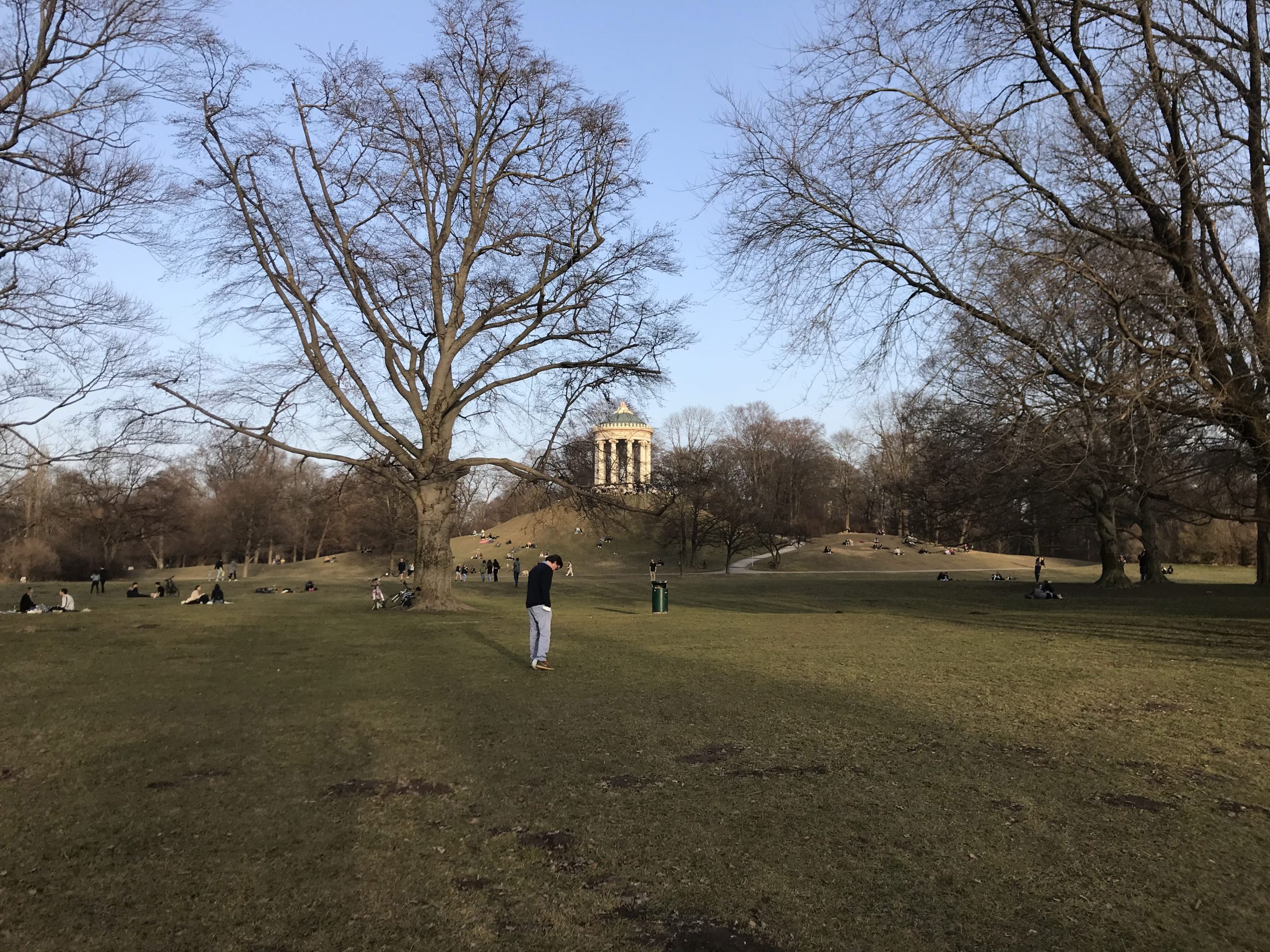











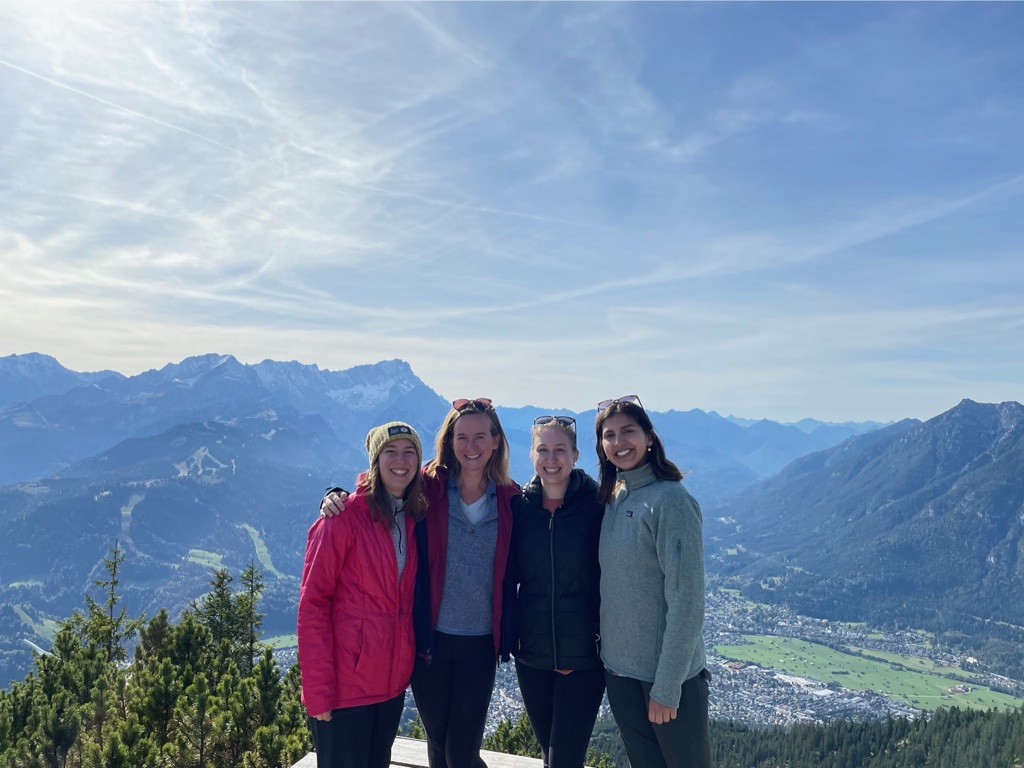
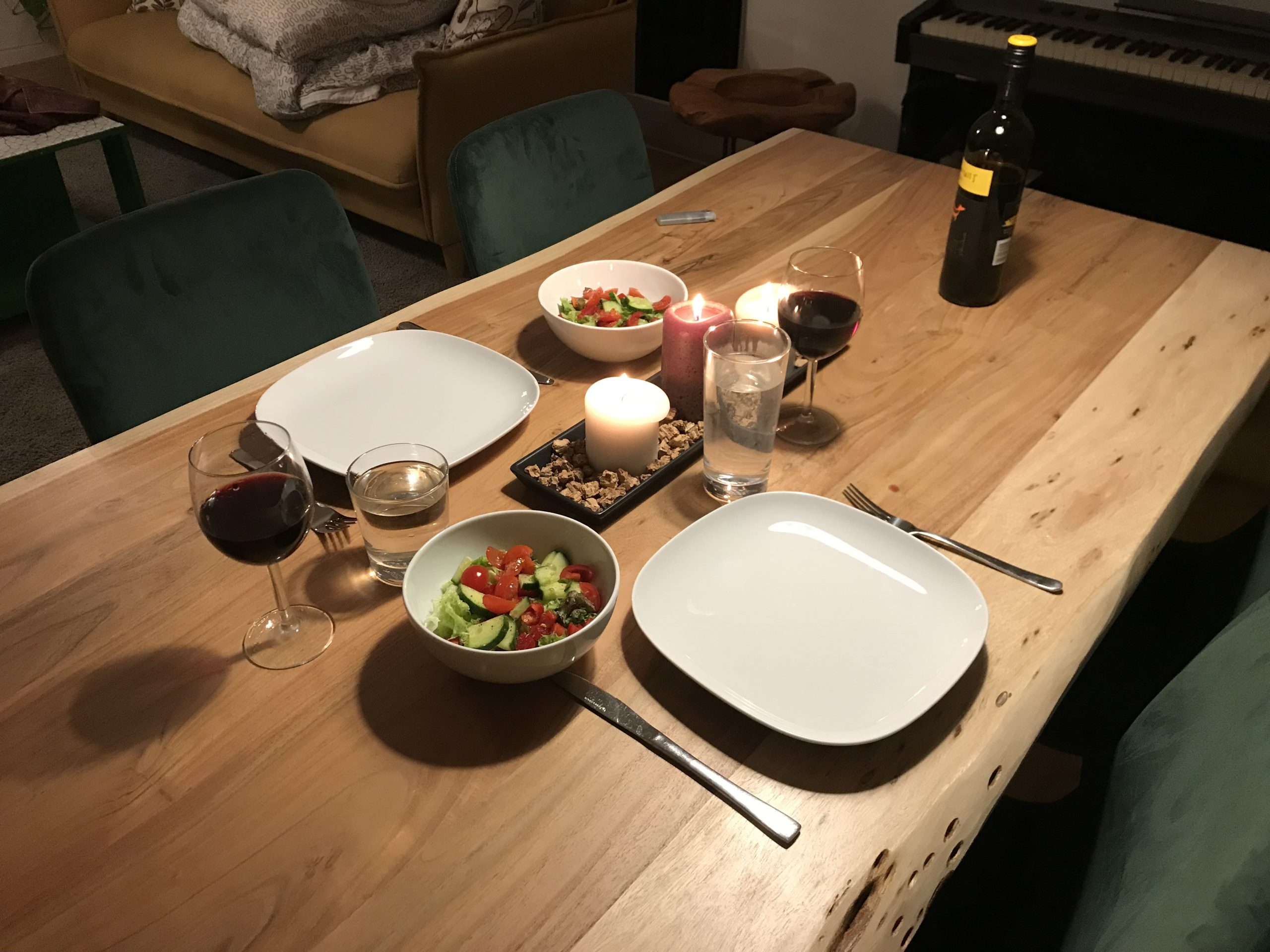
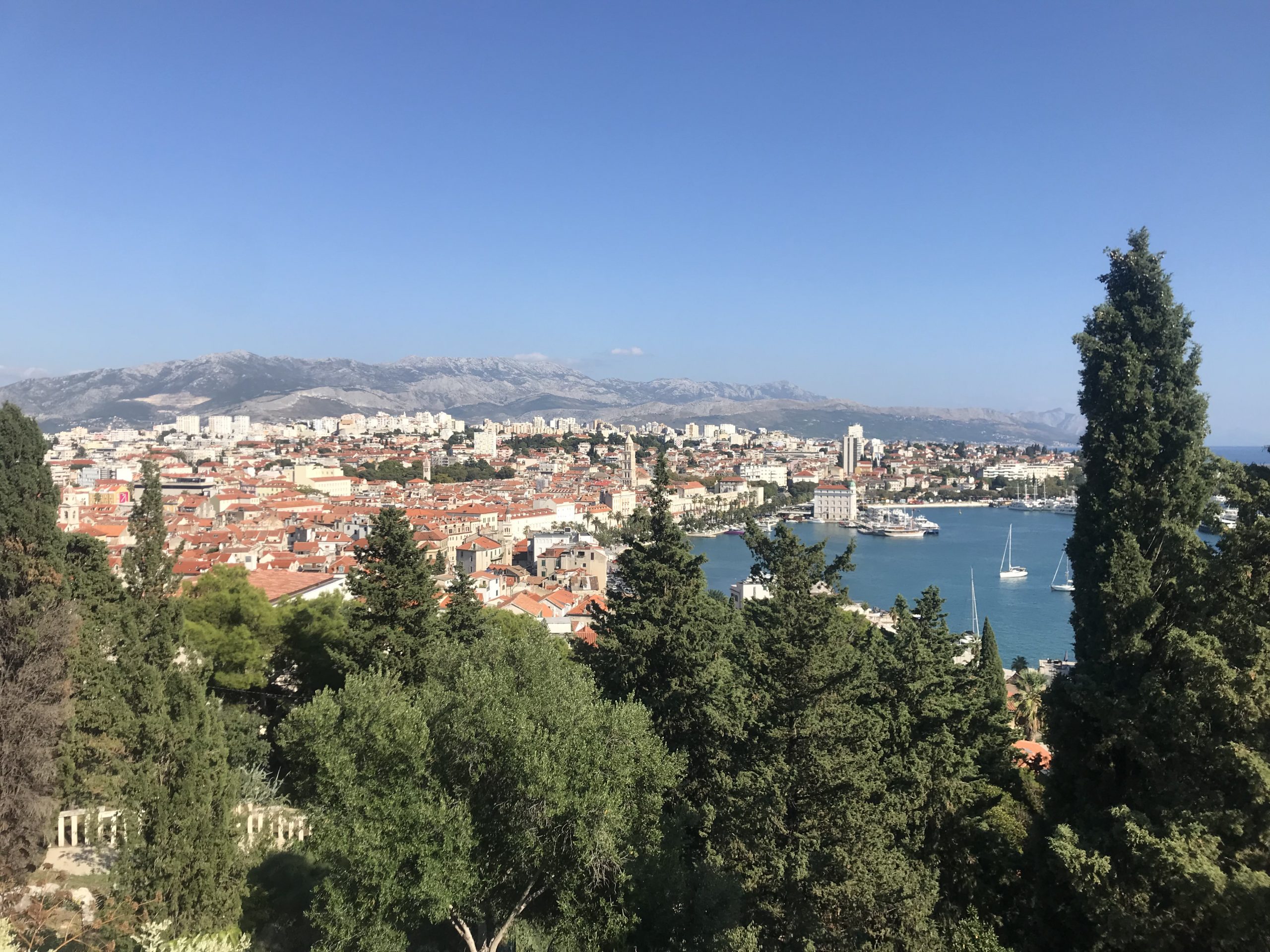

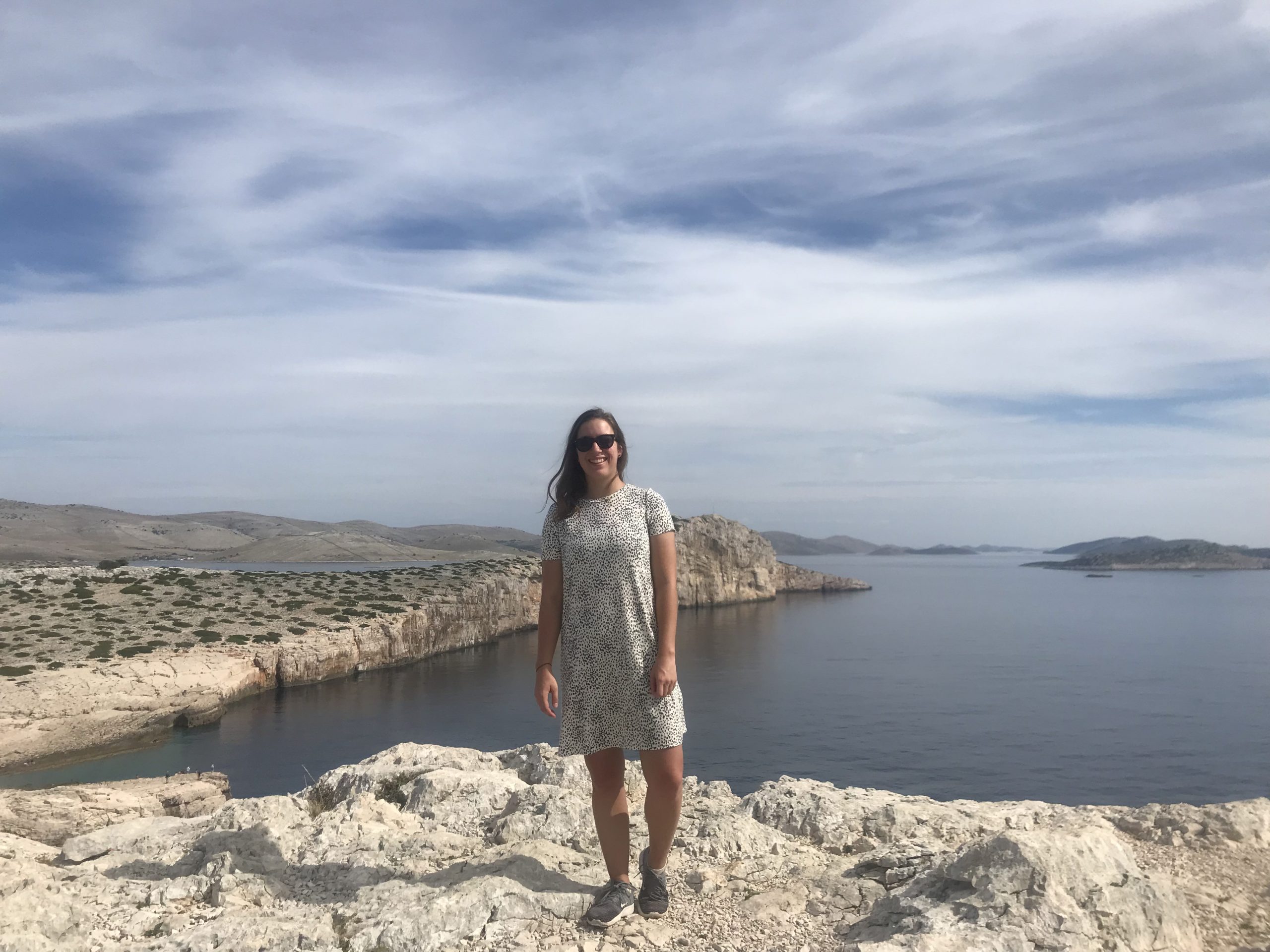
Good job on the comments Jess! Now we’ll have a true digital record that we were Steph’s first fans when she’s world famous!!!
I love that we can leave comments now. Thanks, Jess!
Loving the comment feature and great to see you’re really settling in 🙂